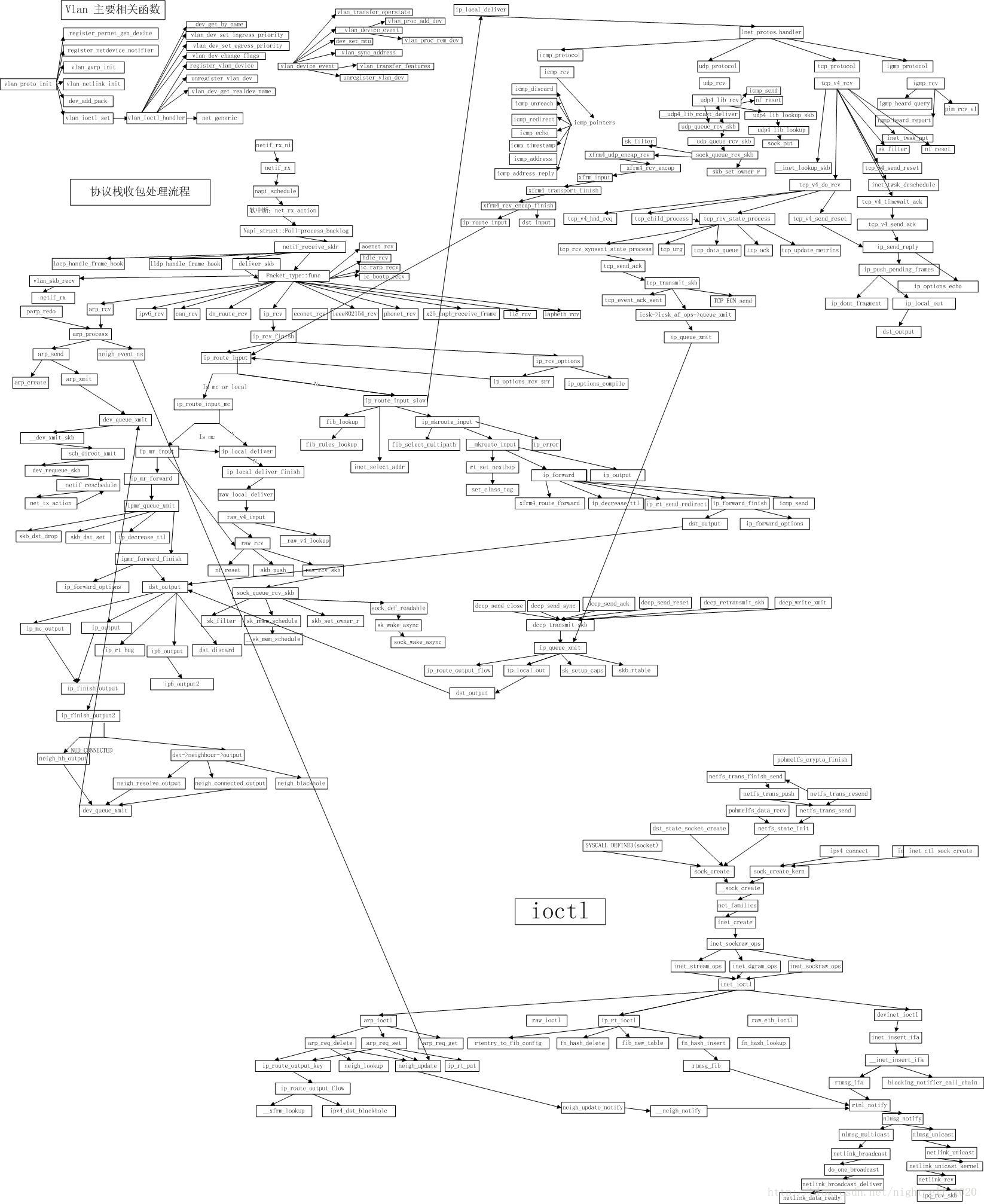This post comes about indirectly by a request on IRC in #rdo for help getting nova-docker installed on Fedora 21. I ran through the process from start to finish and decided to write everything down for posterity.
Getting started I started with the Fedora 21 Cloud Image, because I’m installing onto OpenStack and the cloud images include some features that are useful in this environment.
We’ll be using OpenStack packages from the RDO Juno repository. Because there is often some skew between the RDO packages and the current Fedora selinux policy, we’re going to start by putting SELinux into permissive mode (sorry, Dan):
... ➦Ubuntu 14默认内核版本没有带RTL8192ee的网卡驱动,因而就无法通过无线网络联网,并且Reltek官方网站也没有提供合适的驱动。而最新的Linux内核已经带了相应驱动,所以一般建议修复的方法就是升级内核版本到最新。但如果不想内核升级咋办呢?幸好Github上已经有人将这个驱动写好了,直接安装即可:
... ➦There’s a perceived competition between OpenStack and containers such as Docker, but in reality, the two technologies are a powerful combination. They both solve similar problems, but on different layers of the stack, so combining the two can give users more scalability and automation than ever before.
That containers app you wrote needs to run somewhere. This is particularly true for orchestrated container applications, such as those managed by Kubernetes. What’s more, if your application is complicated enough that it needs to scale up and down, you need to be running it in an environment that can, itself, scale up and down. This is where OpenStack comes in.
... ➦
Refer http://blog.csdn.net/night_elf_1020/article/details/19935813
nc -z -v -n 172.31.100.7 21-25
Server: nc -l 1567
Client: nc 172.31.100.7 1567
Server to Client:
Server: nc -l 1567 < file.txt
Client: nc -n 172.31.100.7 1567 > file.txt
Client to Server:
Server: nc -l 1567 > file.txt
Client: nc 172.31.100.23 1567 < file.txt
Server: tar -cvf - dir_name | nc -l 1567
Client: nc -n 172.31.100.7 1567 | tar -xvf -
Server: cat video.avi | nc -l 1567
... ➦Modern platform for rapidly deploying globally distributed services provided by cisco.
https://github.com/CiscoCloud/microservices-infrastructure
The base platform contains control nodes that manage the cluster and any number of compute nodes. Containers automatically register themselves into DNS so that other services can locate them.
... ➦Introduction to Mininet: http://mininet.org/walkthrough/
OpenFlow Tutorial: https://github.com/mininet/openflow-tutorial/wiki
Mininet walkthrough: http://mininet.org/walkthrough/
RYU SDN Framework: http://osrg.github.io/ryu-book/en/html/
A good ryu blog: http://linton.tw/
There are two approaches for using DPDK acceleration in DPDK. One is the openvswitch fork from intel, called dpdk-ovs the other is done directly in openvswitch with a different approach from intel.
To run openvswitch with DPDK I used a virtual machine (VirtualBox) because the NIC I had on my laptop was not supported. I created three virtual NICs for my vm, one behind NAT to use it to ssh into the vm from the host, and two in host-only mode, to be use for testing.
... ➦
Add network management for native docker https://blueprints.launchpad.net/magnum/+spec/native-docker-network
https://etherpad.openstack.org/p/magnum-native-docker-network